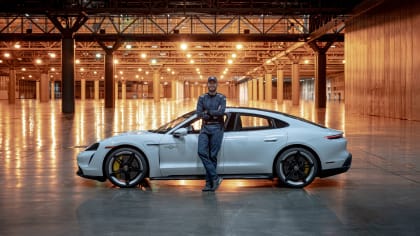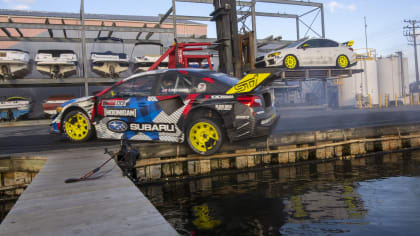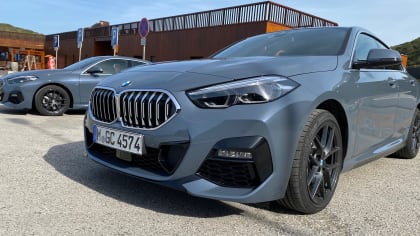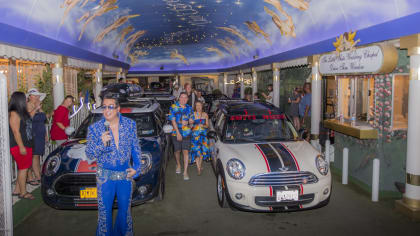The 1990-1996 Nissan 300ZX Supercomputer
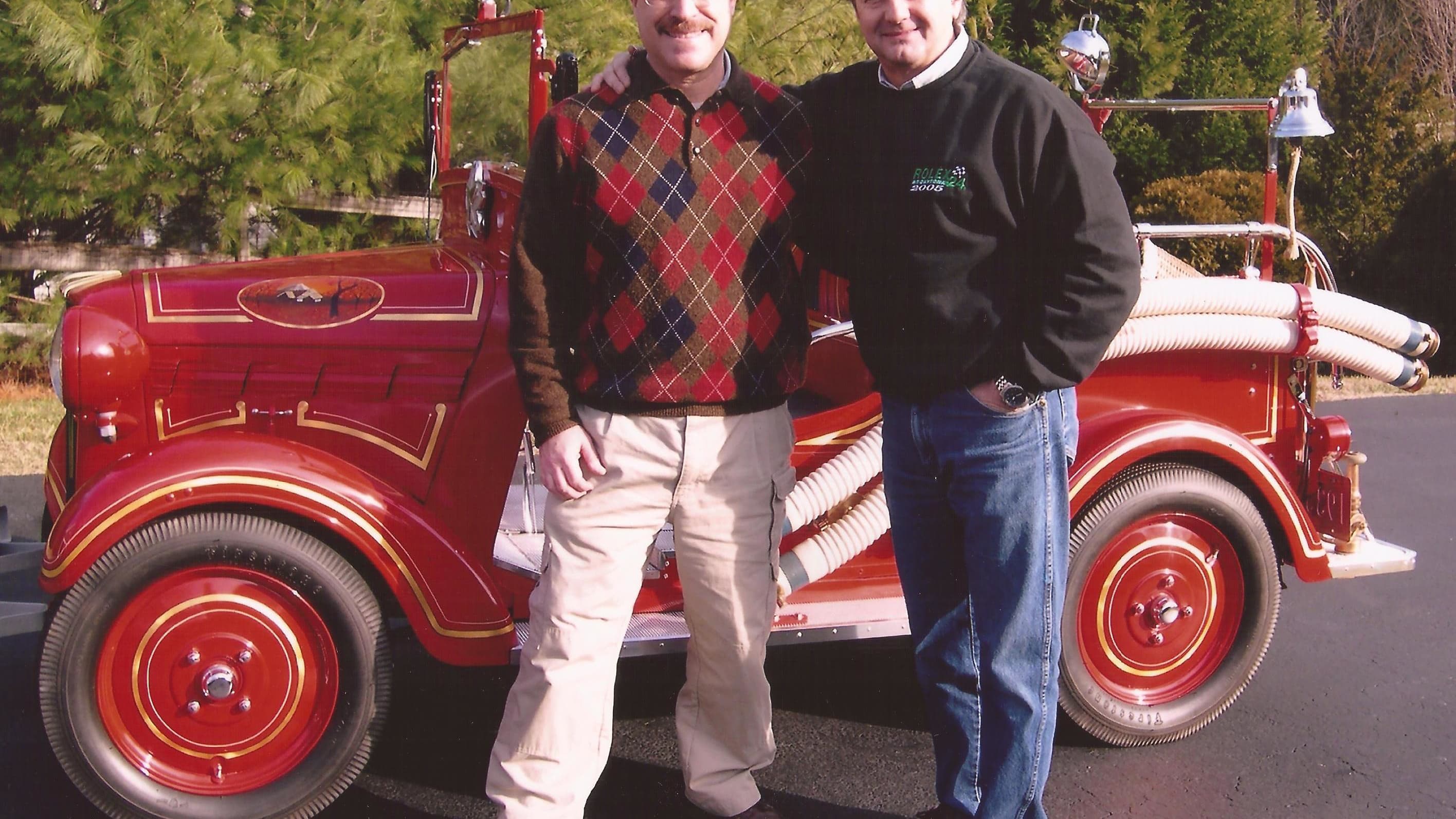
Early nineties - Nissan 300ZX and Cray Supercomputers
Part 1 of this fascinating story by LACar guest writer Dan Banks explores the relationship between the Nissan 300ZX and Cray supercomputers.
By Guest Author: Daniel Banks & Hector Cademartori
Sun, Oct 4, 2020 12:00 PM PST
Featured photo by Pierre Collin: Dan Banks and our Hector Cademartori next to his 1939 Datsun fire truck. "We live far away from each other, but we developed a wonderful friendship in spite of the distance. I learned so much from him and we're very thankful for his contribution to our Z project"- said Hector.
This article is a part of
Nissan Z ExtravaganZa
Click to see the collection and all the included articles!
Introduction (by Hector Cademartori)
I’ve known Dan Banks for many years, and even though he resides on the other side of the country, in Maryland, we have established a connection via long emails which he doesn’t mind writing. I answer also with long emails but always handicapped by English not being my mother tongue and hoping that Dan enjoyed reading them as much as I enjoyed reading his. We talk about Datsun, of course, but also about many other subjects; social, politics, auto industry, personal. In other words, everything.
I’ve learned much more from him than he learned from my writings and that is a fact, but don’t ask him because he’s a humble man and he’ll respond that he learned much more from me. Not true.
He’s definitively a car guy, has been active in a number of car clubs and organizations and owns show winning Datsuns; a 240Z and the 300ZX he mentions in the article, but also a couple of very early examples of the marque: a 1935 Phaeton (basically an Austin 7 made in Japan) and a 1939 fire truck. And you may see him at Hershey’s walking around with her wife Andrea and their daughter Anna.
Dan is an historian at heart. His research and insights about the auto industry are unique. The piece we include in today’s Z ExtravaganZa is a perfect example.
Who else would connect the history of supercomputers, the design of the Nissan 300ZX, the state of the auto industry, trade issues with Japan and, in the middle of everything, the word keiretsu. Keiretsu? “What are you talking about, Willys?” asked I using the favorite phrase of Gary Coleman in the sitcom Different Strokes. You have to read the article.
It’s long and very interesting. I had to read it twice to be able to absorb the information. This is an article for those who want to learn something that won’t find anywhere else. This is an article for adults. So sit back and enjoy the ride. Here we go! - HC
The Story Of The Nissan 300ZX Supercomputer
I count myself among the many delighted with the ownership experience of a Nissan “Z-32,” Nissan’s 1990 – 1996 North American market Z car. Mine is a 1990 300ZX Twin Turbo, manufactured March 1990, in Super White with red leather. I purchased it new in September 1990 at a good price. The ‘91s were coming out.
It has forever beautiful lines, runs strongly and remains rattle free after 155,000 miles. The Z-32, especially the turbocharged variant, represented Supercar sports car performance for the common man of about 30 years ago. Out for such a long time, many enthusiasts know a great deal about their Z-32 and a significant and vibrant aftermarket has developed.

A history, separate from the fun of just owning and driving the Z-32, exists in that this Z car appeared to play a unique role in trade relations with Japan. That is the story told herein. I was led to it early in my ownership when I noticed the reference to the design of the Z-32’s suspension using Nissan’s Cray supercomputers.
This fact appears in every one of Nissan’s glossy, oversize brochures produced to advertise this Z car during its 1990 – 1996 North American model year run. I wanted to figure out what was up with that reference to Cray, and while I may be wrong here, even knowing which Japanese car companies besides Nissan were using Cray supercomputers in the 1980s and 1990s, I cannot find advertising brochures other than our Z-32 presenting the statement in print. It seems, therefore, important.
This short story presents two points and inevitably asks a question. The first point is Nissan was the earliest Japanese automotive manufacturer to buy and use Cray supercomputers to design their cars. A bit longer story hides in the second point; namely, Nissan (and apparently only Nissan) actually made note of employing their Cray supercomputer in print brochures. These brochures present the Z-32 as Japan’s publicized response in the 1980s balance of trade litmus tests going on behind American supercomputer sales to Japan. Finally, in my own experience after 30 years, 155,000 miles and counting in my ergonomically perfect, unmatched for the price, Japanese Z-32 supercar, the question is bragged about which side actually won this trade war when the United States Trade Representative (USTR) threatened punitive export sanctions against Japan if Japanese leadership failed to drop their Cray prohibition and allow Nissan (and other Japanese auto manufactures) to buy Cray supercomputers.
Here is that longer story.
History accords the 1970s for Detroit automobile makers as a “market-share crisis” decade in the effort to offer cars that would sell into an era of rising gasoline prices. The “jump at the pump” caused by the 1973 Arab oil embargo, with a second round of hikes after the 1979 overthrow of Iran’s Shah, produced significant motivation for buying smaller, fuel efficient cars. Yet Detroit had already recognized interest in smaller cars a decade before the gas crisis hit.
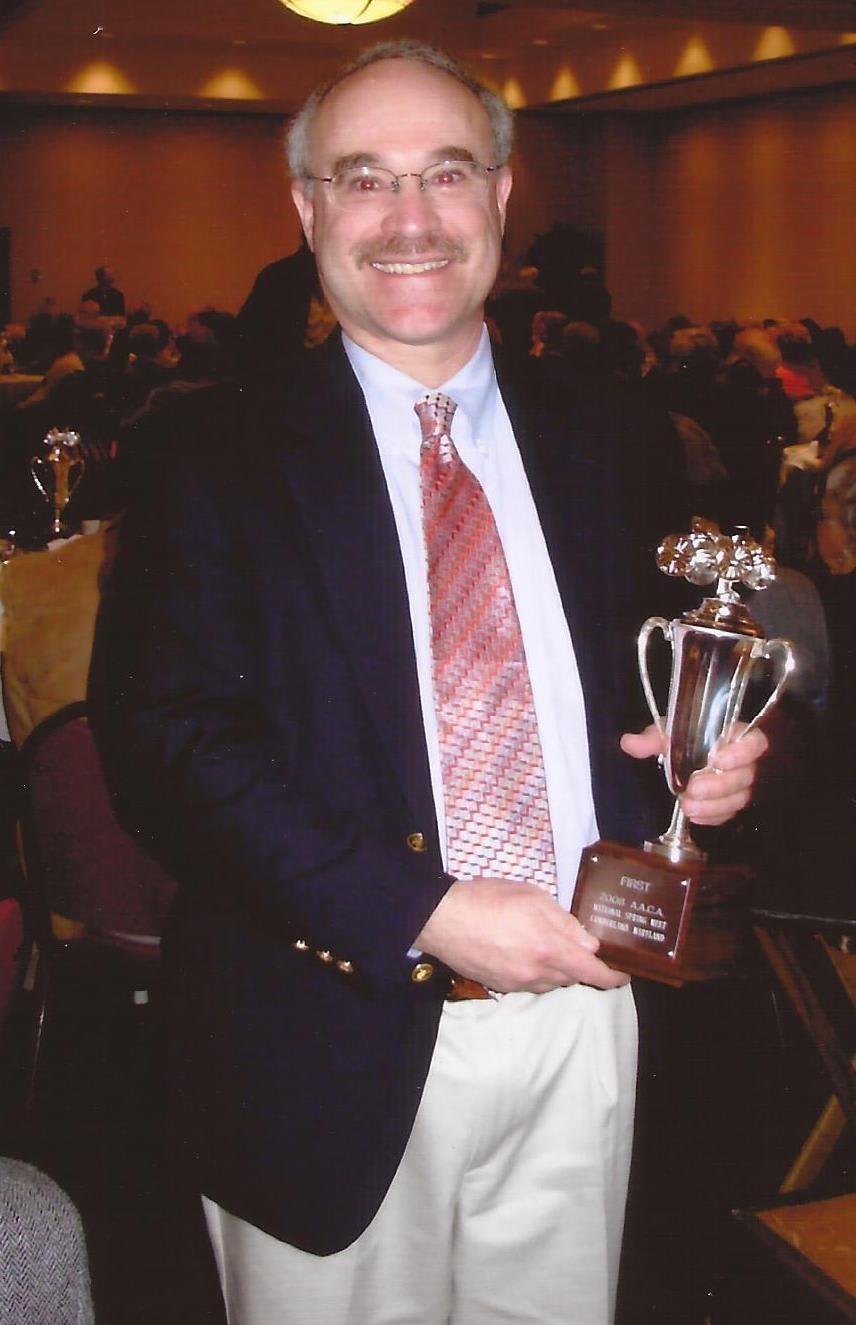
The cover of the October 13, 1959 issue of Look Magazine featured the Ford Falcon, the Chevrolet Corvair, and Chrysler’s Valiant. Inside appears specifications and reporting on the men and ideas behind these smaller economical cars. Moving the clock forward and the decade after the 1970s gas price shocks finds an American society becoming ever more complex. Many a gal and her husband both had careers going, their kids had constant mobility needs, and they lived in a big house in the suburbs. The typical family needed at least two cars and began to define brand differentiation favorably according to which manufacture made cars that always ran well long term.
If not the fuel crisis of the 1970s, this 1980s follow-on seems the sea change bringing a playing field called “perfection” to our passenger cars. It may be the world’s harshest playing field for any mass-produced product. Japanese cars found willing markets, strongly gaining share. While unimaginable today, back when Japanese cars first appeared Detroit leadership believed Japanese cars per se would be a passing fad, and stated Americans who wanted a second car for their family should buy a used American car.
Even after this sentiment proved false, the second car mindset prevailed. Its effect was detrimental, part of the “Bloomfield Hills myopia” criticism then all the rage among Detroit’s critics. So, yeah, Detroit missed the reality that the term “second car” was fast disappearing into the proverbial dustbin of history. All cars owned by a family were first cars and they all were expected to run, supporting the family’s transportation needs. Japanese market share grew during the 1970s, permanently eclipsing volume imports from Europe.
Returning to the 1980s finds Detroit coming off the bailout loan to Chrysler, while President Reagan continued late Carter administration Voluntary Export Restraints (VERs) against Japan to reduce Japanese auto imports. Severe layoffs in Detroit begin this decade. Hard examination began within the United States government of just what the Japanese were doing selling cars in America. A strong focus bore down on fair trade. The United States Trade Representative (USTR) became alarmed at what appeared a playing field for industrial sales competition between the United States and Japan made un-level by intentional Japanese policy. This was especially true in the realm of highest technologies. The middle 1980s were the era of early generation supercomputers and therein lays a political-economic story about Japan, and a history that may well apply, perhaps uniquely, to the 1990-1996 Nissan 300ZX.
About The Authors
Daniel Banks
Guest Contributor
Together with

Hector Cademartori honed his racing art in Buenos Aires. In 1983, he left his job with Corsa Magazine in Argentina and moved to Southern California to specialize in motor racing art. Today, you can find Hector’s art on Indianapolis 500 Yearbook covers, Laguna Seca Raceway, Auto Club Speedway and Carrera Panamericana posters, the NHRA, foreign and domestic automobile and motorcycle magazines, motorcycle manufacturers, Toyota Motorsports, TRD and Lucas Oil. Hector races his 1973 Datsun 240Z “Ferratsun” around the So Cal circuits, and a 1991 Volvo 740 Wagon with the 24 Hours of LeMons.

